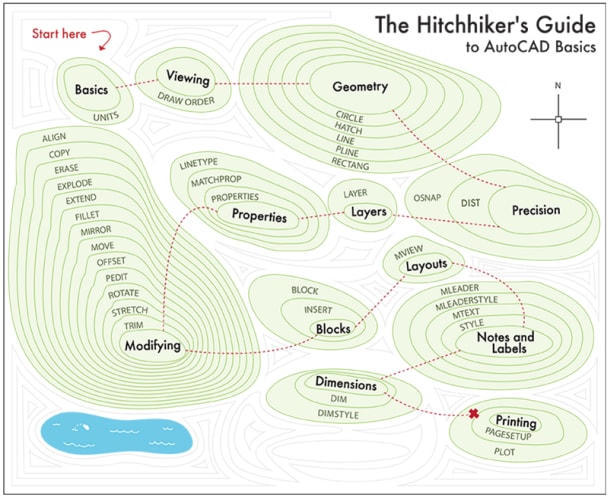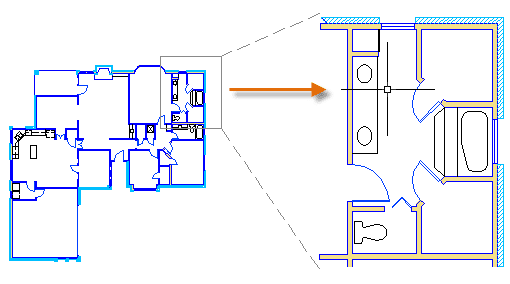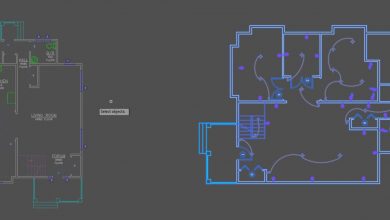
The basics of AutoCAD viewing—how you visually navigate an AutoCAD drawing—is just about as basic as you can get. So if you’re just getting started with AutoCAD, or returning to it after a lengthy absence, read through this post (and watch the short video) and then pay a visit to the “Viewing” section of The Hitchhiker’s Guide to AutoCAD Basics.

A key concept of AutoCAD zooming to bear in mind: Your current cursor location determines the center of your zooming operations. That means you don’t have to pan after you zoom. The cursor becomes like a magnifying glass as you zoom in and out.

You can check out these topics, and more, in a visit to the “Viewing” section of The Hitchhiker’s Guide to AutoCAD Basics.
Start with this brief video:
Contents
The Hitchhiker’s Guide to AutoCAD Basics: The Adventure Continues ….
The Hitchhiker’s Guide to AutoCAD Basics is just one of many great AutoCAD resources we’ve gathered on a web page especially for new AutoCAD subscribers.
Source: Autodesk







